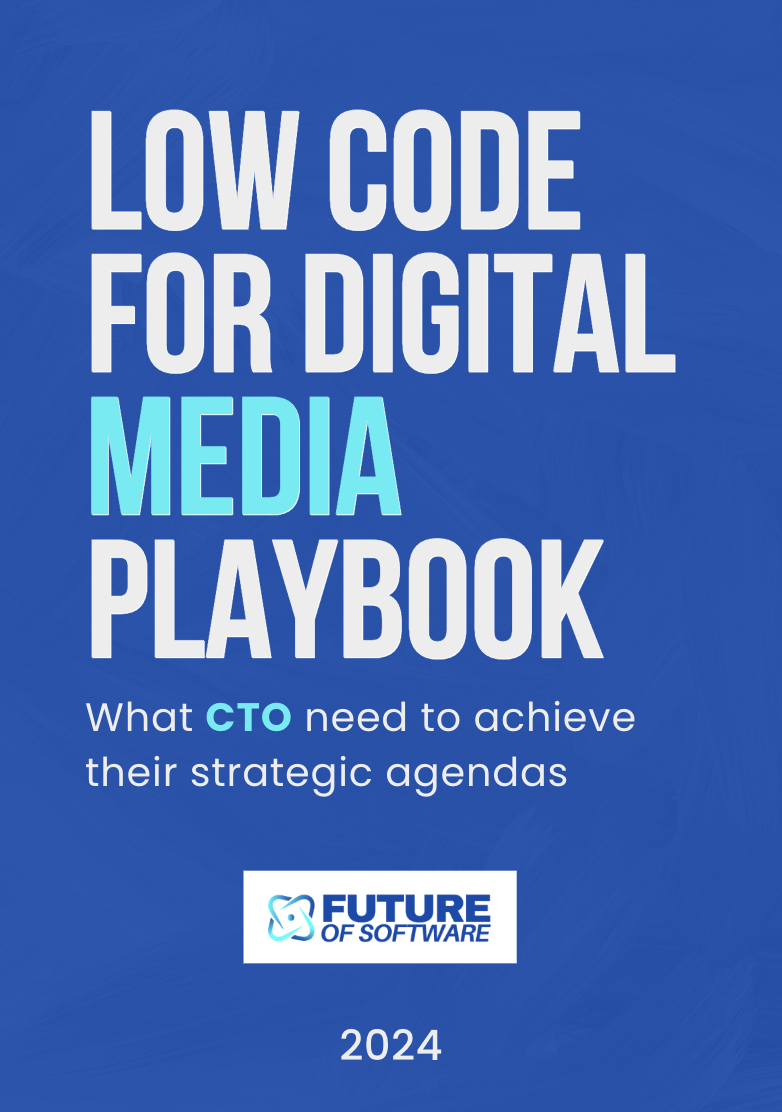
Understanding the unique needs of digital banks
Why digital banks require tailored marketing automation
Digital banks operate in a fast-paced, highly competitive environment where customer expectations are constantly evolving. Unlike traditional banks, digital banks rely heavily on technology to deliver financial services, making it essential to adopt marketing automation strategies that address their unique challenges and opportunities. The need for real time engagement, seamless customer experience, and robust data-driven decision-making sets digital banks apart from other businesses in the financial sector.
Challenges shaping automation strategies
- Customer expectations: Digital customers expect personalized, timely communication across multiple platforms, including email, social media, and push notifications. Automated marketing tools must enable banks to deliver relevant content and offers at the right moment.
- Data integration: With vast amounts of customer data generated across digital channels, banks need automation platforms that can unify and analyze this information to enhance customer engagement and retention.
- Regulatory demands: The financial industry is subject to strict compliance requirements. Automation software must support secure data handling and ensure campaigns meet regulatory standards.
- Lead generation and nurturing: Automated marketing efforts should focus on both acquiring new leads and nurturing existing customers through the entire lifecycle, from onboarding to retention.
Opportunities for digital banks
By leveraging advanced automation tools, digital banks can streamline their marketing efforts, improve campaign performance, and deliver a more personalized customer experience. Automation platforms enable real time responses to customer actions, support targeted email marketing, and facilitate omnichannel engagement. These capabilities are crucial for driving customer loyalty and maximizing the impact of digital marketing campaigns.
For a deeper look at how digital transformation is reshaping operational strategies in the financial sector, you may find this article on optimizing the auto Tier 1 supply chain strategy insightful.
Key features to look for in marketing automation tools
Essential Capabilities for Digital Banking Success
When digital banks evaluate marketing automation tools, the right features can make a significant difference in customer engagement and campaign performance. The financial services sector has unique requirements, so automation platforms must go beyond basic email marketing or social media scheduling. Here are some of the most valuable capabilities to look for:
- Real-time data integration: Automation software should connect seamlessly with core banking systems, enabling real-time access to customer data. This allows for timely, personalized marketing efforts and supports automated campaigns that react instantly to customer actions.
- Advanced segmentation and personalization: Effective marketing automation platforms offer robust segmentation tools. These help banks deliver personalized messages and offers, improving customer experience and driving customer retention.
- Omnichannel campaign management: Look for automation tools that support email, push notifications, SMS, and social media. Managing all digital marketing channels from a single platform streamlines campaign management and ensures consistent customer engagement.
- Automated lead nurturing: Lead generation is only the first step. The right automation platform should nurture leads through the customer journey, using automated marketing workflows to move prospects toward conversion.
- Compliance and security features: Given the regulatory landscape in financial services, automation tools must support compliance with data privacy and security standards. This is essential for protecting both the bank and its customers.
- Analytics and reporting: To optimize campaigns, banks need detailed insights into campaign performance. Automation platforms should provide clear dashboards and reporting tools to measure engagement, conversion, and ROI in real time.
- CRM marketing integration: Integration with CRM systems enables a unified view of the customer, supporting more effective customer engagement and retention strategies.
For a deeper look at how automation platforms are evolving across industries, you can read about the evolution of automation software in healthcare. Many of the same principles apply to digital banks, especially when it comes to data-driven, personalized engagement.
Choosing the right marketing automation tools is a foundational step. It sets the stage for seamless integration with banking systems, effective customer journey mapping, and measurable improvements in marketing outcomes.
Integrating automation with core banking systems
Bridging Automation with Core Banking Infrastructure
Integrating marketing automation tools with core banking systems is a critical step for digital banks aiming to deliver seamless, personalized customer experiences. The challenge lies in connecting modern automation platforms with legacy financial infrastructure, ensuring that customer data flows securely and efficiently between systems. Banks need to select automation software that offers robust APIs and pre-built connectors. This allows real-time synchronization of customer profiles, transaction histories, and engagement data across digital marketing channels, CRM marketing platforms, and core banking databases. By doing so, businesses can automate personalized campaigns, trigger targeted email marketing, and deliver push notifications based on real-time customer actions.- Unified Data Management: Centralizing customer data from multiple sources enables banks to create a 360-degree view, supporting better lead nurturing and customer retention strategies.
- Automated Workflows: Automation platforms should support workflows that react to financial events—like new account openings or loan approvals—initiating automated marketing campaigns or personalized messages instantly.
- Security and Compliance: Any integration must prioritize data privacy and regulatory compliance, as discussed in the next section. Secure APIs and encrypted data transfers are essential.
Personalization and customer journey mapping
Delivering Tailored Experiences Across Channels
Personalization is at the heart of effective marketing automation for digital banks. Today’s customers expect more than generic messages—they want relevant, timely, and personalized interactions. Automation tools enable banks to segment their audience based on financial behavior, preferences, and engagement history. This segmentation allows for targeted digital marketing campaigns, whether through email marketing, push notifications, or social media platforms.Mapping the Customer Journey for Better Engagement
Understanding each step of the customer journey is essential for delivering the right message at the right time. Automation platforms help banks visualize and map out these journeys, from lead generation to customer retention. By leveraging real time data, businesses can trigger automated marketing actions that respond to customer behaviors, such as sending a personalized offer after a customer completes a transaction or providing relevant content when a lead shows interest in a new financial product.- Automated email marketing for onboarding and nurturing leads
- Personalized push notifications for timely updates and offers
- Social media automation for consistent brand engagement
Leveraging Data for Continuous Improvement
The integration of CRM marketing and automation software allows banks to collect and analyze customer data across all touchpoints. This data-driven approach not only enhances the customer experience but also improves campaign performance. By monitoring engagement metrics and customer feedback, digital banks can refine their marketing efforts, ensuring that every interaction feels personal and relevant.Building Trust Through Relevant Communication
Personalization is not just about increasing sales—it’s about building long-term relationships. When customers receive communications that reflect their needs and interests, trust in the bank grows. Automation tools make it possible to maintain this level of engagement at scale, supporting both customer acquisition and retention in a highly competitive financial services landscape.Ensuring security and regulatory compliance
Protecting Customer Data in Automated Campaigns
Digital banks handle sensitive financial data, making security and regulatory compliance a top priority for any marketing automation strategy. With automation platforms managing vast amounts of customer information in real time, banks must ensure that all tools and processes meet industry standards for data protection and privacy.- Data Encryption: Automated marketing tools should use strong encryption protocols to protect customer data during storage and transmission. This is especially important for email marketing, push notifications, and CRM marketing platforms that process personal and financial details.
- Access Controls: Limit access to automation software and customer data to authorized personnel only. Role-based permissions help prevent unauthorized use and reduce the risk of data breaches.
- Regulatory Compliance: Digital banks must comply with regulations such as GDPR, PSD2, and local financial services laws. Automation tools should offer features that support compliance, such as consent management, audit trails, and data retention policies.
- Vendor Assessment: When selecting automation platforms, evaluate vendors for their security certifications and compliance track record. Look for platforms that regularly update their security protocols and provide transparent documentation.
Building Trust Through Transparent Marketing
Customers expect their banks to protect their personal information. Automated marketing campaigns should be transparent about data usage and provide clear options for customers to manage their preferences. This not only builds trust but also improves customer retention and engagement.- Consent Management: Ensure that customers can easily opt in or out of digital marketing communications, whether through email, social media, or other channels.
- Personalized Yet Secure: While personalization enhances the customer experience, it must not compromise security. Use automation tools that anonymize data where possible and avoid over-collection of information.
Continuous Monitoring and Optimization
Maintaining compliance is not a one-time task. Banks should regularly review their automated marketing processes, monitor campaign performance, and update security measures as threats evolve. Automation platforms that offer real-time monitoring and reporting can help businesses quickly identify and address potential vulnerabilities, ensuring ongoing protection for both the bank and its customers.Measuring success and optimizing campaigns
Tracking and analyzing campaign performance
To ensure your marketing automation strategies deliver value for digital banks, it’s essential to track and analyze campaign performance. With automation tools, banks can monitor key metrics in real time, such as open rates for email marketing, click-through rates, and customer engagement across digital platforms. These insights help businesses understand which automated marketing efforts are driving customer retention and lead generation.Leveraging data for continuous improvement
Automation platforms and CRM marketing solutions provide a wealth of data. By examining this information, banks can identify trends in customer behavior, segment audiences for more personalized engagement, and refine lead nurturing tactics. For example, analyzing how customers interact with push notifications or social media campaigns can reveal opportunities to enhance the customer experience and boost campaign effectiveness.- Monitor key metrics: Track email, social media, and push notification engagement.
- Segment audiences: Use automation software to personalize content for different customer groups.
- Test and optimize: Run A/B tests on automated campaigns to determine what resonates best.
- Adjust in real time: Use automation tools to tweak campaigns based on live data.





-large-teaser.webp)









